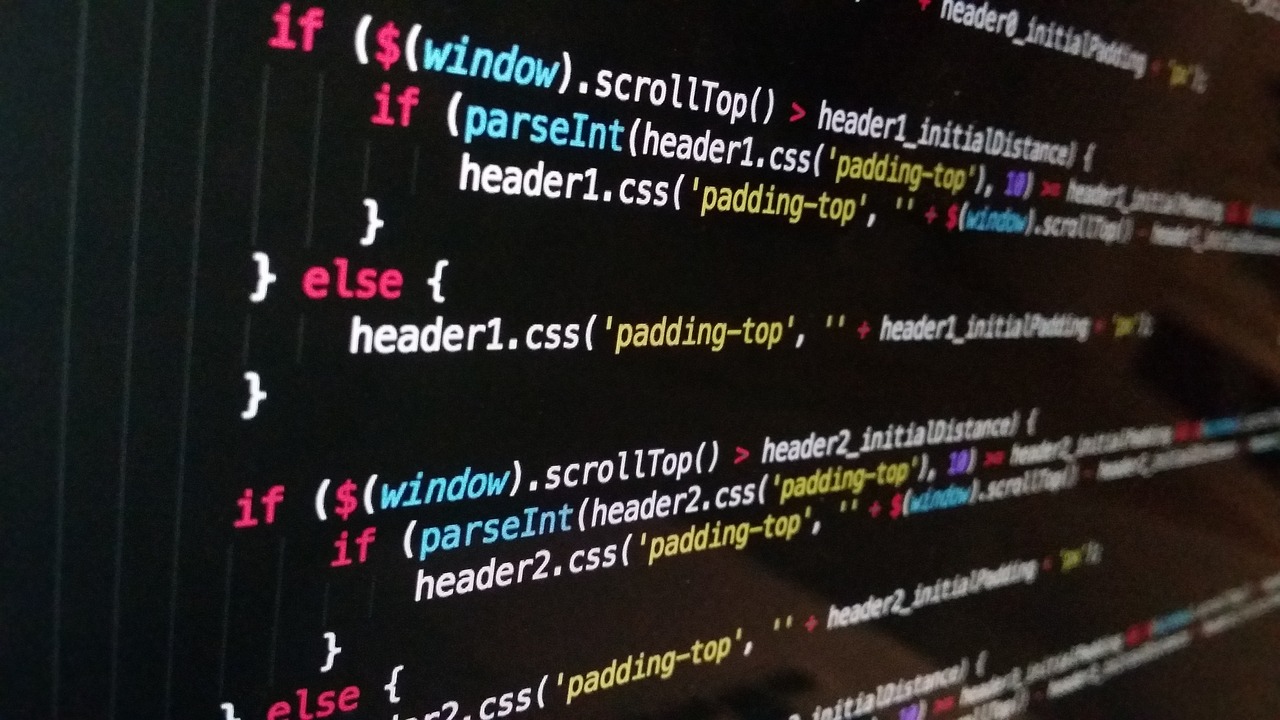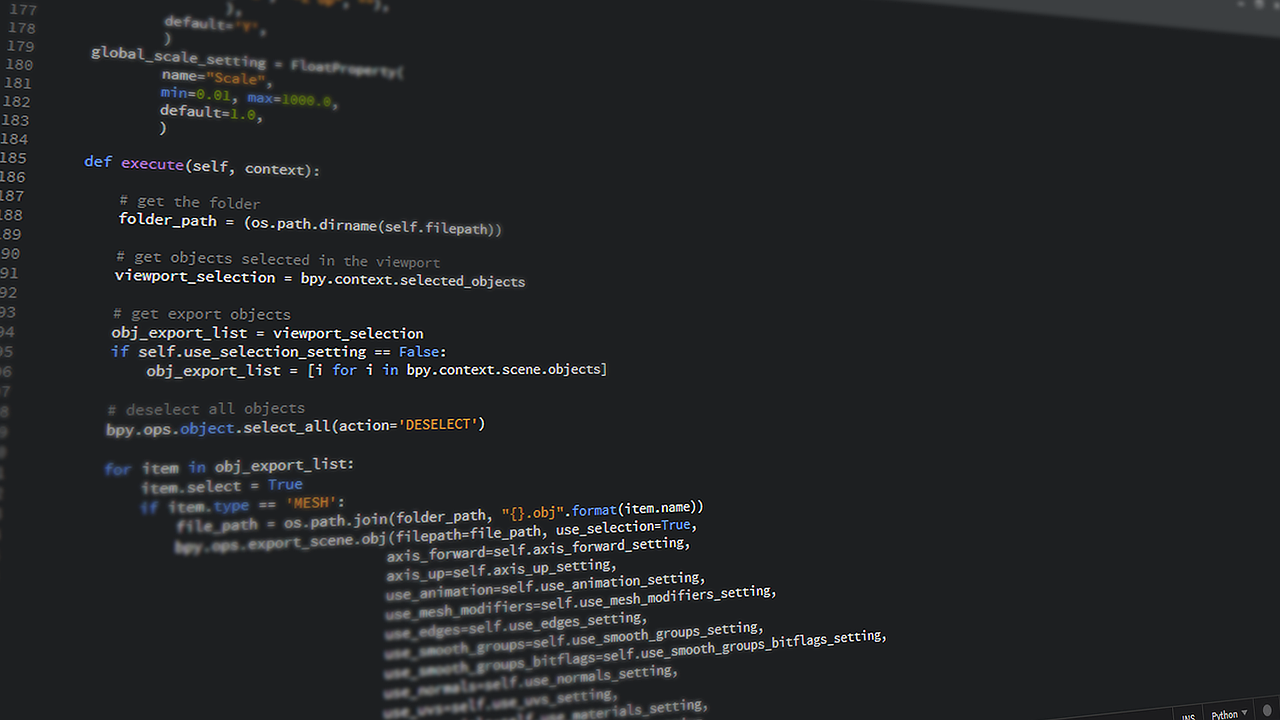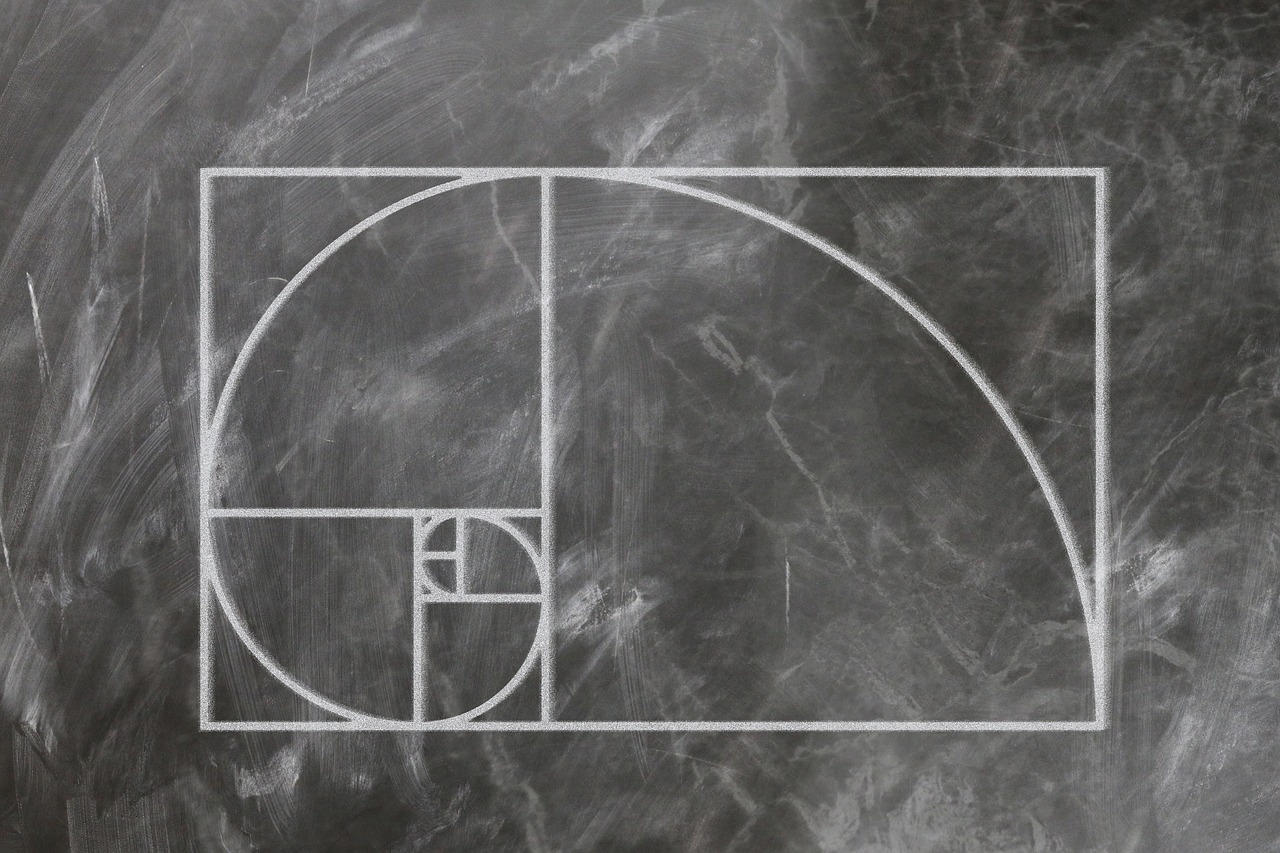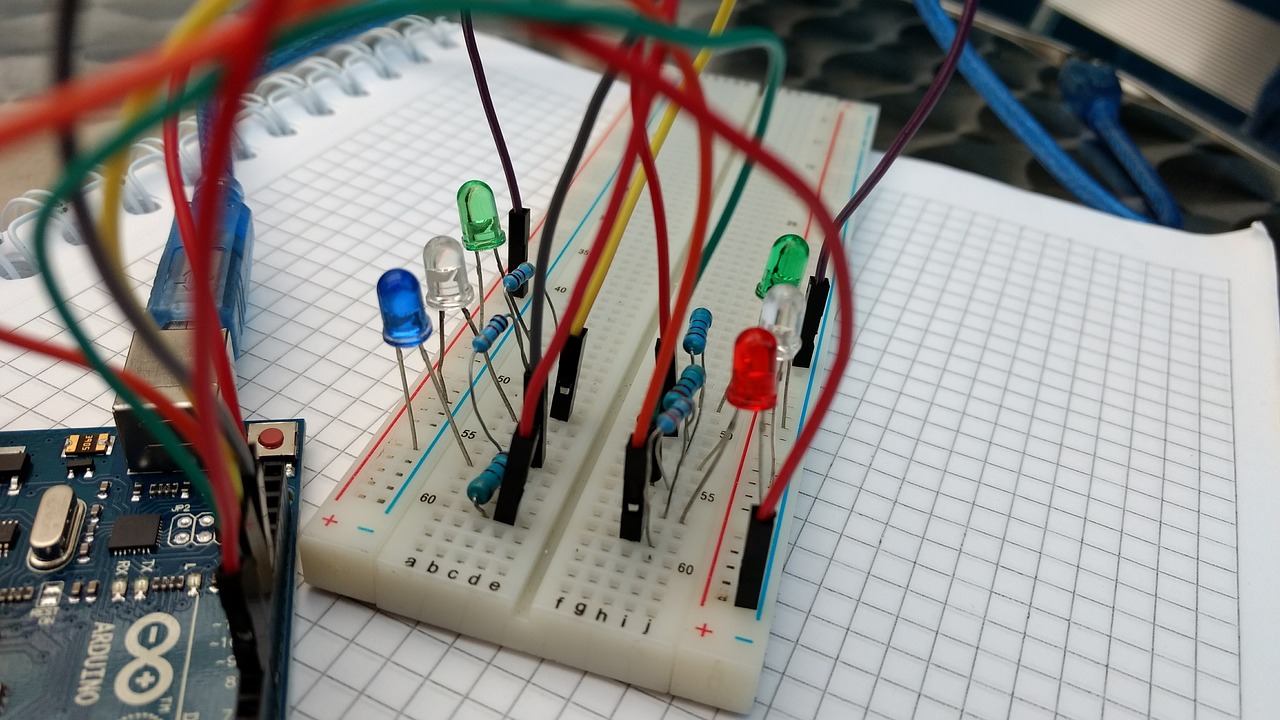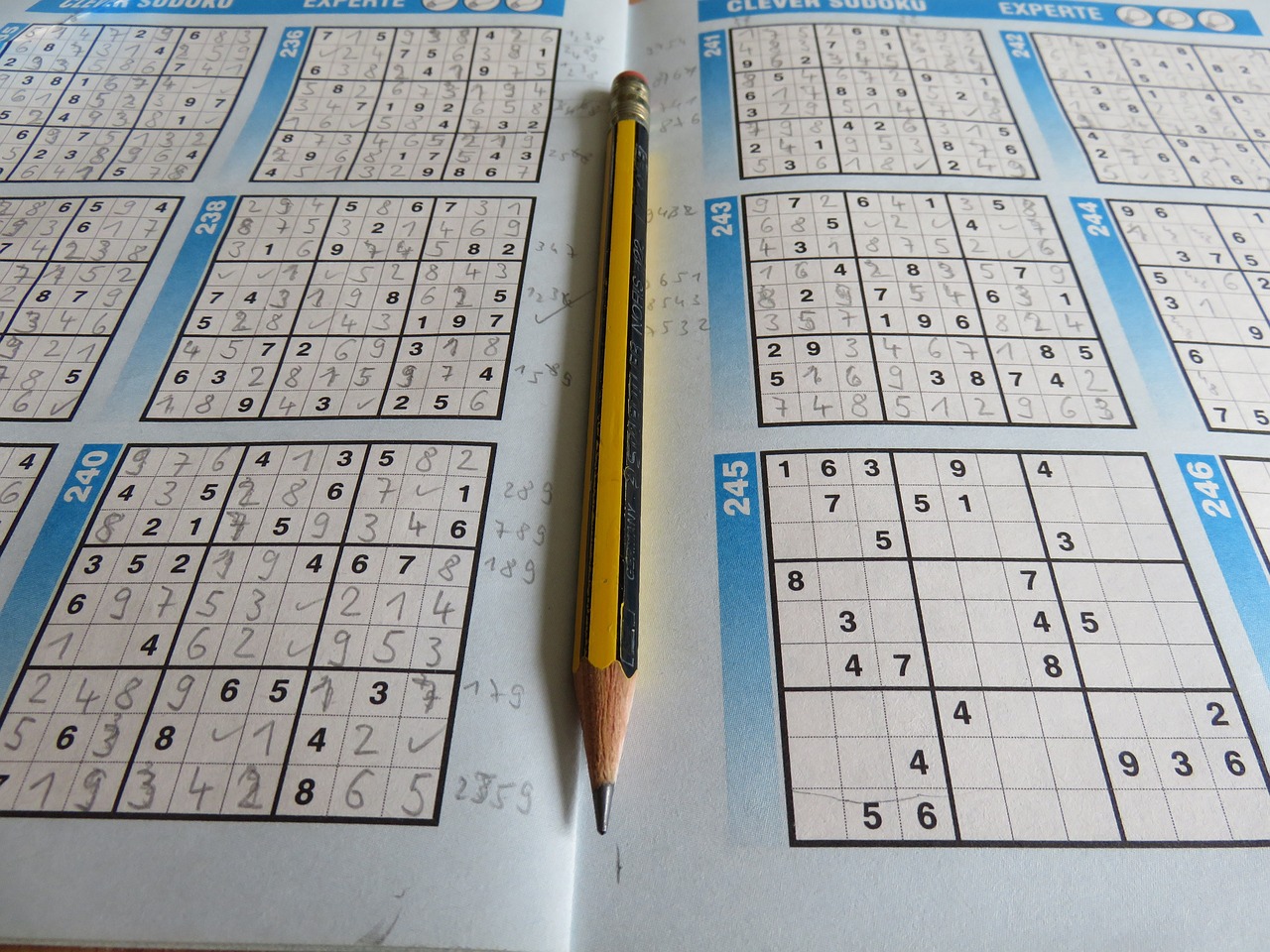
Sudoku, the beloved number puzzle, has captivated minds for decades. But beyond the logical reasoning lies a fascinating realm of computer science – the world of algorithmic solutions. This article delves into the two prominent techniques for solving Sudoku programmatically: Backtracking and Constraint Satisfaction.
Backtracking is a powerful problem-solving technique that systematically explores all possible solutions. Applied to Sudoku, it works like this:
Backtracking guarantees finding a solution if one exists, but its efficiency can be impacted by the number of dead ends encountered.
Constraint Satisfaction (CSP) offers a different perspective. Instead of exploring all possibilities, it focuses on satisfying the predefined constraints of the puzzle. In Sudoku's case, these constraints are the row, column, and square limitations.
The algorithm works by:
CSP is often more efficient for complex puzzles, as it avoids unnecessary exploration of dead ends.
Both backtracking and CSP are effective techniques for solving Sudoku programmatically. The choice often depends on:
Ultimately, understanding both approaches equips you to tackle the algorithmic challenges of Sudoku and potentially other logic puzzles. So, the next time you pick up a Sudoku puzzle, remember the fascinating world of algorithms working behind the scenes to find the solution!
Below you can find the backtracking solution for the problem.
import itertools
class Solution():
def solveSudoku(self, board):
empty = []
for i, j in itertools.product(range(9), range(9)):
if board[i][j] == '.':
empty.append((i, j))
self.backtrack(board, empty, 0)
return board
def backtrack(self, board, empty, idx):
if idx == len(empty):
return True
i, j = empty[idx]
for num in range(1,10):
board[i][j] = str(num)
if self.is_valid(board, i, j) and self.backtrack(board, empty, idx + 1):
return True
board[i][j] = '.'
return False
def is_valid(self, board, i, j):
num = board[i][j]
# Validate row
if board[i].count(num) > 1:
return False
# Validate col
if [board[r][j] for r in range(9)].count(num) > 1:
return False
# Validate square
if [board[r][c] for r in range(i//3*3, i//3*3+3) for c in range(j//3*3, j//3*3+3)].count(num) > 1:
return False
return True
Your email address will not be published. Required fields are marked *










